Breathing in oxygen is such a vital part of our lives, yet we do so without even realizing it. However, there are times when patients struggle to take in enough oxygen from the air. In these instances, they may be prescribed oxygen therapy which has many benefits.
It is commonly used to treat many different conditions. Increasing the amount of oxygen in the blood contributes toward improving patients’ overall health.
Depending on how minor or serious an individual’s condition is, short-term or long-term oxygen therapy may be required.
Oxygen therapy can be life-saving
For patients suffering from chronic obstructive pulmonary disease (COPD), the benefits of oxygen therapy are huge. COPD is a disease of the lungs and in severe cases, it can cause serious complications.
One of these is hypoxemia where the levels of oxygen in the blood are too low. By reducing these complications, oxygen therapy helps to regulate the heart beat and deliver essential oxygen to the heart and bodily tissues. For this reason, it is also used in the treatment of heart failure.
For those with COPD, other lung diseases, and heart failure, oxygen therapy can really be a lifesaver. Not only does it help in treating acute cases, it can prolong life.
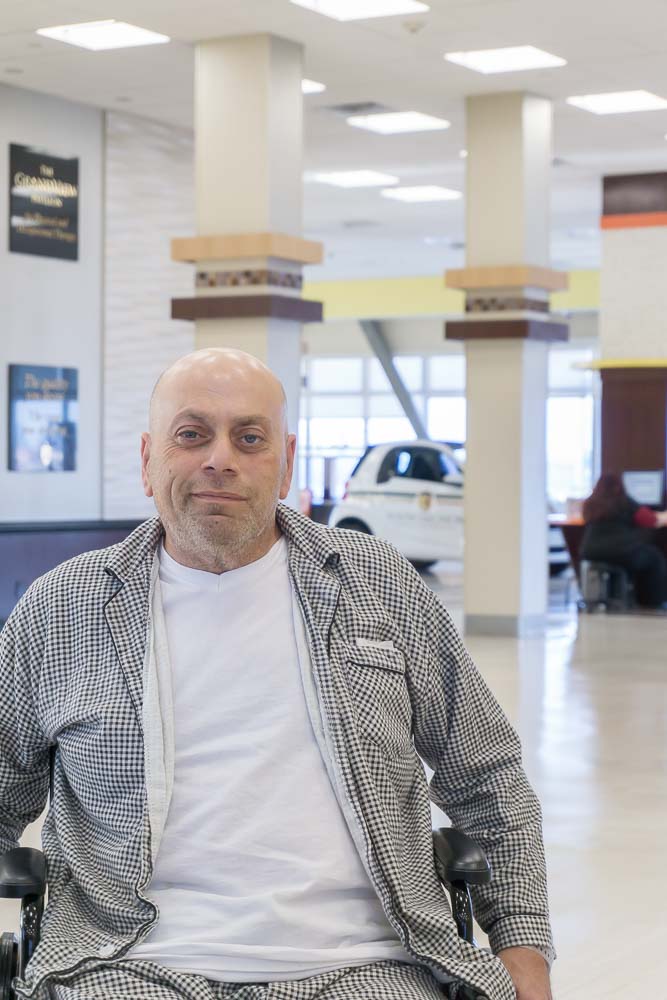
When oxygen therapy is used
The benefits of oxygen therapy cover not only those with severe COPD. For those with a milder form of the condition, shortness of breath, fatigue, depression, and dizziness are common symptoms.
Living with these symptoms can greatly reduce both adults and seniors’ quality of life. A treatment plan including supplemental oxygen can help relieve these symptoms.
Oxygen therapy is also used to treat other respiratory illnesses such as asthma, pneumonia, and cystic fibrosis. Sleeping disorders such as sleep apnea are another reason an individual may require oxygen therapy.
Additional oxygen also helps the body to heal itself so can be used to treat post-operative patients or those with serious injuries. A deficiency of oxygen can lead to headaches, fatigue, swollen ankles, and irritability.
Oxygen therapy benefits patients by increasing energy levels allowing them to be more active. Breathing becomes easier and higher oxygen levels can improve mental alertness and wellbeing. All this contributes to an improved quality of life.
How oxygen therapy is given
After a consultation and examination, specialists and doctors decide if a patient would benefit from oxygen therapy.
There are two main ways that oxygen is delivered: through a nasal cannula or a face mask. These are linked to one of two machines; either continuous positive airway pressure (CPAP) or bilevel positive airway pressure (BiPAP).
Therapy can be given in the daytime or during the night. The latter is especially important for those suffering from sleep apnea. Some patients will require only a short amount of time receiving supplementary oxygen. For those with advanced COPD, the treatment can last for longer periods (at least 15 hours per day).
Here at Haym Salomon Home for Rehabilitation & Nursing in Brooklyn, we understand the benefits of oxygen therapy for adults and seniors. If you would like more information please contact us.
This content comprises informative and educational resources only and can not be considered as a substitute for professional health or medical guidance. Reliance on any information provided in this article is solely at your own risk. If you have any inquiries or apprehensions about your medical condition or health goals, talk with a licensed physician or healthcare provider.

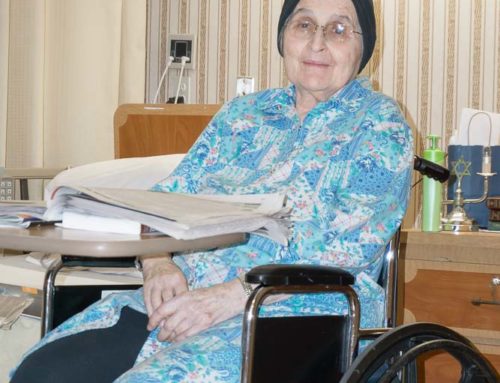

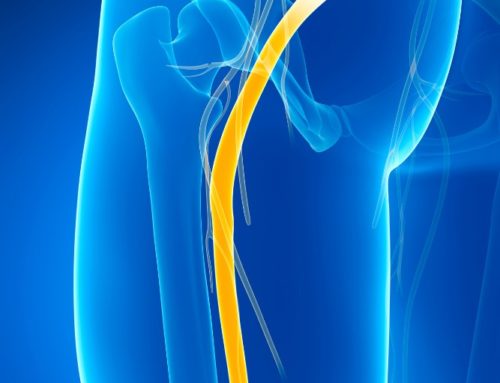
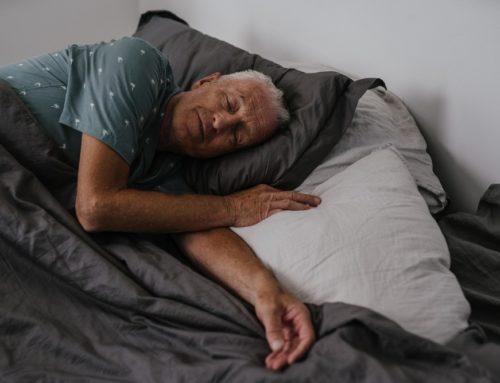
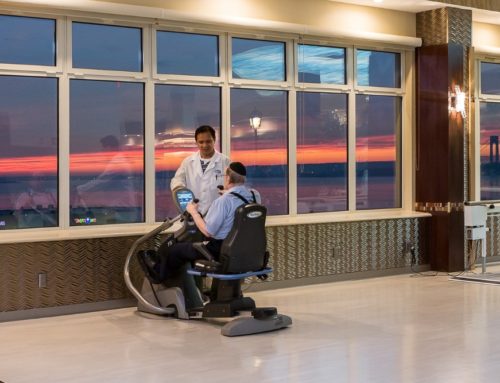
Leave A Comment